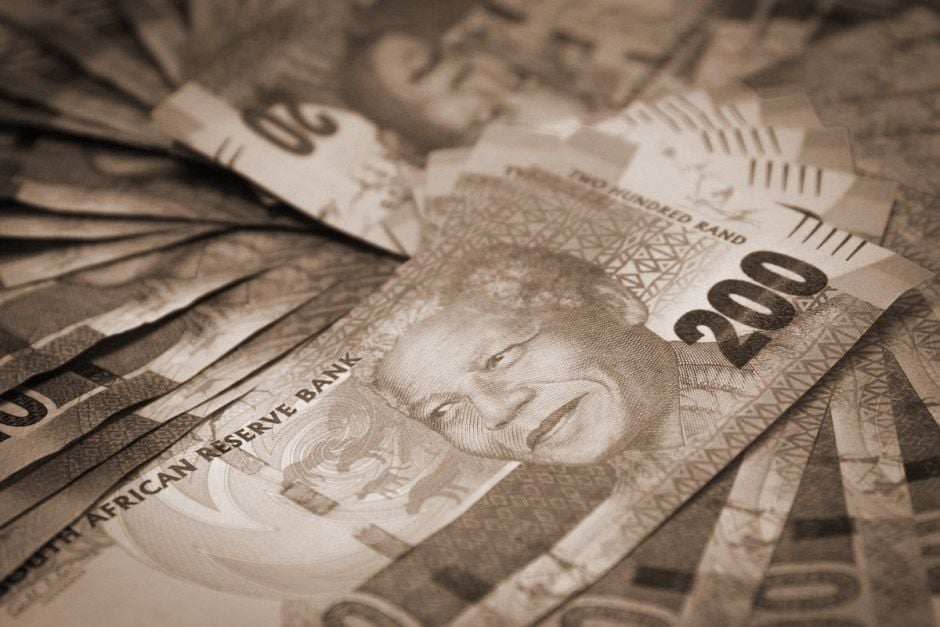Pound Gains 5% Vs South African Rand As Budget Blues Weigh
- Written by: James Skinner

Sterling is up more than 5% against the Rand over the week, aided by a repricing of UK interest rate expectations and a sharpening focus by the market on South Africa's credit rating.
The Pound-to-Rand exchange rate continued its ascent Thursday as traders shunned the South African currency in the wake of Wednesday’s budget announcement and in light of a resurgent US Dollar.
With the Treasury having said it will run a larger than expected budget deficit over the coming years, seemingly without putting forward credible measures to bring it down, the South African credit rating is now back in focus.
“The budget is credit-rating negative, with the probability of a downgrade to sub-investment grade before year end being higher than before. But we think that rating agencies will wait for the ANC National Conference in December before they move,” says John Cairns, a strategist at Rand Merchant Bank.
Treasury said the South African budget deficit will reach 4.3% of GDP in the 2017/18 year, before falling to 3.9% in the 2019/20 year. Economists and financial markets had expected it to top out at 3.9% in 2017 before falling steadily till 2020.
Sterling was quoted at 18.89 against the Rand during noon trading Thursday and has now risen more than 5% against the South African currency over the course of the week.
That said, these gains only really began in earnest on Wednesday, when the Pound was aided by a stronger than expected GDP report that drove a repricing of interest rate expectations, while the Rand was hampered by budget blues.
“Technocrats painted a realistic and precarious state of public finances, but said they can’t do anything,” says Cairns.
South Africa’s credit rating is important because it has a direct and indirect influence on borrowing costs, through perceptions of creditworthiness and the supply and demand of South African government bonds.
It also has the power to put a self-perpetuating and vicious economic cycle into motion, given how higher borrowing costs can aggravate the deficit, which then leads to even higher borrowing costs and demands more cuts to government expenditure.
The cycle becomes vicious when either borrowing costs spiral uncontrollably or those spending cuts hamper or reduce economic growth, cannibalising tax receipts, which then feeds back into a further exacerbated budget deficit.
“The ball shifts to political heads to make the tough decisions that will either take the economy in the same route as Brazil or through a speed bump and back into life,” says RMB’s Cairns.
The South African government must now find ways to reduce public spending in ways that minimise or avoid disrupting a fragile economy. Economists have said it must also try to raise tax receipts in the same manner.
“A VAT hike remains important. Not only is it a less-distortive tax compared with alternatives, but it is also the one measure that is most likely to raise significant revenue,” says Razia Khan, chief Africa economist at Standard Chartered
The widening deficit, which has been brought about by falling tax receipts from some segments of the economy, means the Treasury faces a funding shortfall that rises as high as ZAR 89.4 in 2019. It must race taxes or cut spending to offset this.
“We estimate that a 1ppt increase in the VAT rate could raise as much as ZAR 22 - 23bn of additional revenue,” Khan says. “A 2-3ppt rise – although only expected to take effect from FY19 at the earliest – might compensate for all of the revenue shortfall South Africa has seen in the current fiscal year.”




